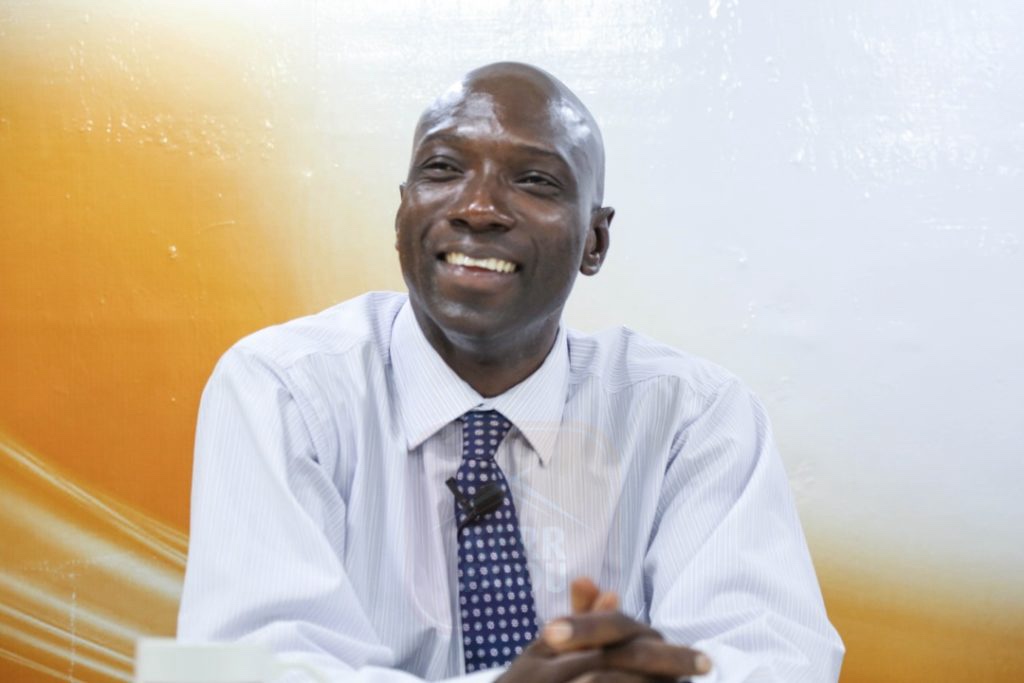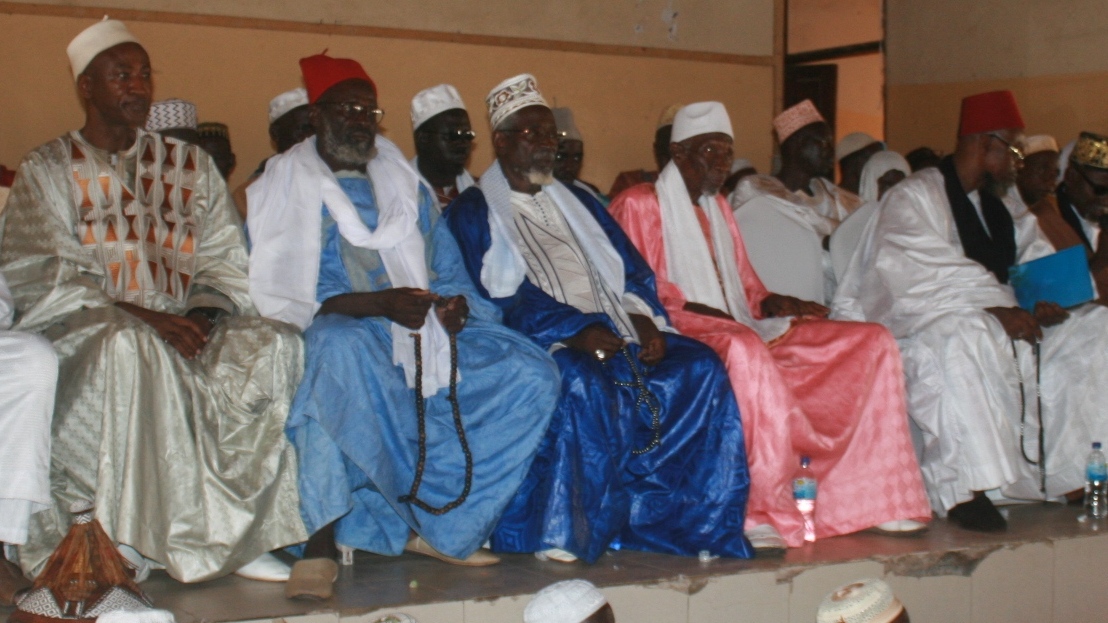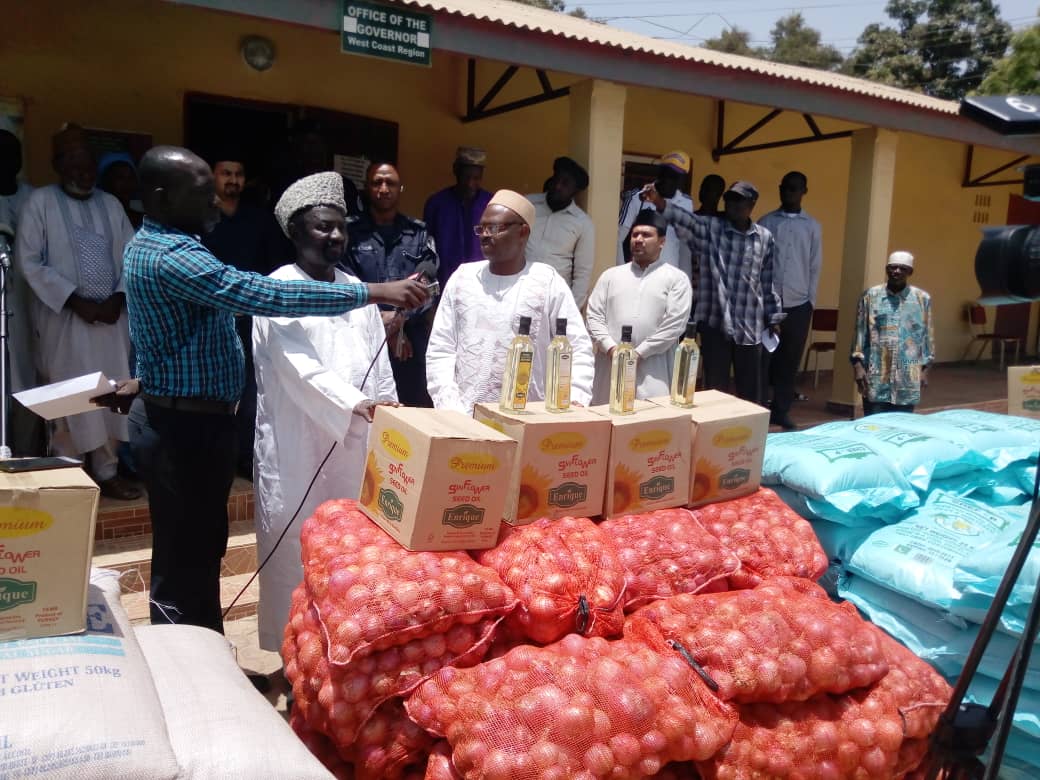Dr. Ousman Gajigo
The 2024 budget estimate of the country has been released, and it is a sad and depressing reading. It is a testament to the wrong path we are on as a nationbecause it clearly shows that this government has no idea about the country’s development priorities and how to execute them. Otherwise, we would not be seeing the sort of perverse distribution of our precious resources that the 2024 budget reveals.
In what follows, it is important to note that when one discusses the Gambian budget, it is composed mostly of recurrent budget and very little development budget. Recurrent budget is the budget allocated to covering ongoing operations and covers mostly salaries, allowances, rents, fuel and other annual expenditures that go towards ongoing operations. Development budget (also known as capital budget) is the expenditures that go mostly towards assets, which essentially entails investments for the future of that sector.
In Gambia’s 2024 budget, 98% is allocated to recurrent expenditures and only 2% is allocated to development expenditures. A budget that consists almost solely of recurrent budget means a government that will only be repeating the status quo from the previous years. It entails little planning or investment for the future, and therefore there should be no expectation for sustainable growth.Economic development comes from development budget or capital expenditures. This unfortunate feature of our fiscal situation has been the norm since the YahyaJammeh regime, and Adam Barrow’s government has depressingly followed the same practice.
To start with an example of misplaced priorities and waste of precious, there is no better place than the Ministry of Foreign Affairs. This has been a ministry that has long been sucking resources far out of importance of the role it plays in our development. The level of excessive allocation to this ministry that happened under the YahyaJammeh’s rule continued with Adama Barrow’s government, which is not surprising because of the absence of any meaningful reforms. To illustrate the continuity in policy, operations and culture within the Ministry Foreign Affairs between the Jammeh and the Barrow regimes, one only needs to observe the continued presence of Mamadou Tangara.
The Ministry of Foreign Affairs has been allocated a total budget of over D1.8 billion. That is a 69% increase in allocation from the previous year. It is D1 billion more than the recurrent budget for the Ministry of Agriculture, which is D 782 million. Let that sink in. How can any Gambian government serious about the development needs of the country provide such a misallocation of our limited resources?
We live in a country where agriculture is the biggest sector and facing the highest funding gap. It is a country whose agricultural sector is rainfall-based and we have been experiencing declining investments in irrigation but we have been opening embassies in far-flung corners of the world with reckless abandon. It is a country that is woefully sort of agricultural extension services particularly in horticulture, and yet every civil servant who gets kicked out of any other ministry is recycled through the foreign service whether or not they have any relevant skills in diplomatic services.
Peering deeper into the budget provides a masterclass in fiscal irresponsibility. In the United States, we have a US embassy mission located in Washington DC and separate mission to the United Nations located in New York City. These two cities are only separated by 3 hours with a train ride, and therefore the most sensible thing would have been to combined them into a single mission given The Gambia’s economic situation.
Consider another example. The allocation for the embassies in Russia is D45 million, a completely unnecessary diplomatic mission given Gambia’s current situation and needs. This amount is half of the allocation that the government has made available to the school improvement grant within the Ministry of Basic Education’s overall allocation, which is one of the lowest amounts for school improvement grants on the African continent. Moreover, the school improvements grants are hardly released on time, which undercuts their effectiveness. What’s more, it takes considerable effort each year for MOBSE to convince the Ministry of Finance to even allocate this minuscule sum.

In fairness, it is worth noting that one of the largest sector allocations is to infrastructure sector where the Ministry of Transport, Works and Infrastructure has been allocated D 2.6 billion. But even this allocation is far lower than it should have been given the deplorable state of infrastructure in the country. The infrastructure in the form of new roads that are being constructed are not only of substandard quality but little allocation has been given to their maintenance. In many cases, the resources that aremeant for maintenance on paper often do not end up going there. A case in point is the Senegambia Bridge where the toll revenue that should have gone towards maintenance is not allocated and as a result, the bridge’s railings are already failing apart.
Borrowing has continued apace, particularly domestic borrowing, which will exacerbate our debt problem. High level of domestic borrowing will continue to crowd-out private borrowing, and strangle our struggling private sector. Having a high level of debt in and of itself is not a problem. The issue is where the debt goes. Debt is often necessary and can have positive effect if it is invested in sectors and activities that generate economic and social returns that exceed the borrowing cost. But that is not the case in The Gambia at the moment.
In a way, it is almost a pointless task to talk about theannual Gambian budget. After all, one thing that is well known about the Gambian public finance is the low level of budget credibility. In other words, the budget shared with the public before the year starts ends up being quite different from what actually ends up transpiring. The one thing one could say with certainty is that our precious little resource will end up being misallocated no matter whatthe final breakdown of expenditures turns out to be. The views expressed in this article are the writer’s own.





